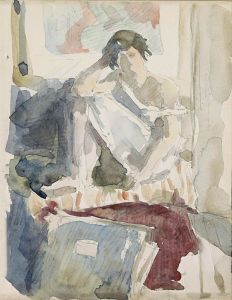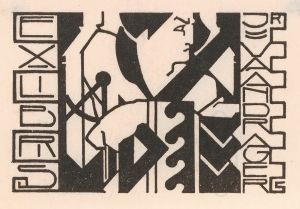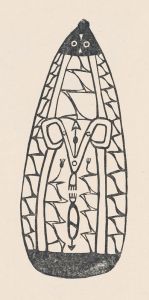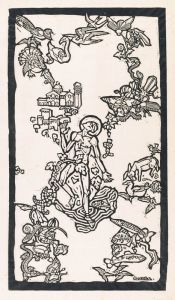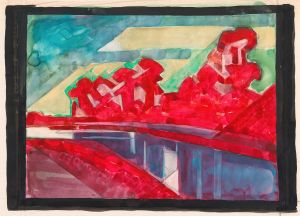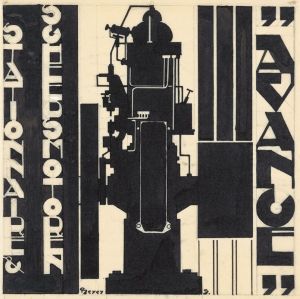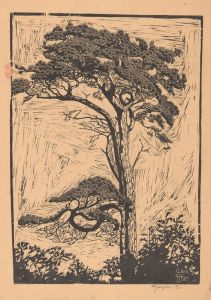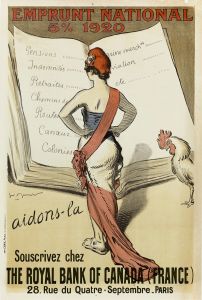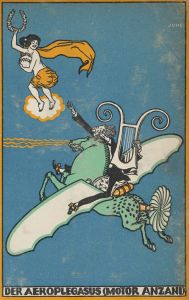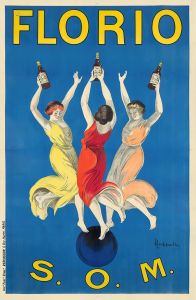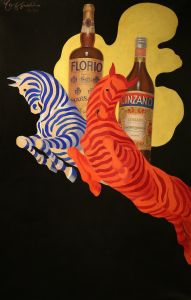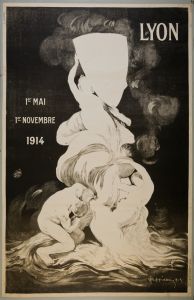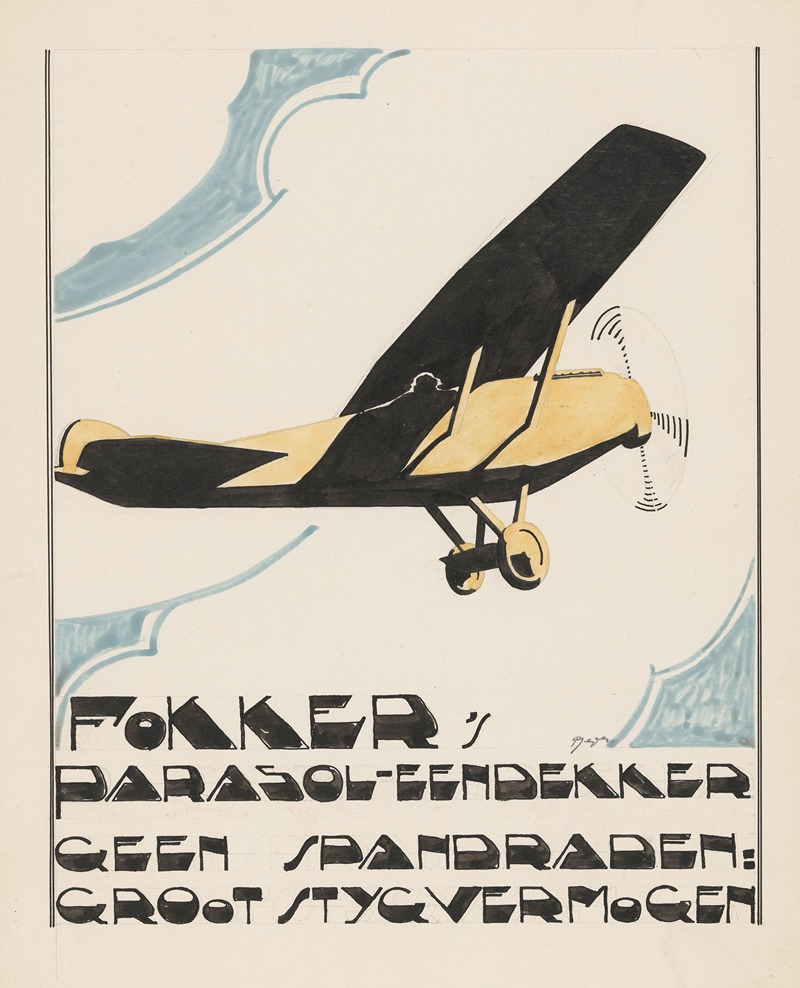
Ontwerp voor reclame voor `Fokker’s Parasol-Eendekker’
A hand-painted replica of Reijer Stolk’s masterpiece Ontwerp voor reclame voor `Fokker’s Parasol-Eendekker’, meticulously crafted by professional artists to capture the true essence of the original. Each piece is created with museum-quality canvas and rare mineral pigments, carefully painted by experienced artists with delicate brushstrokes and rich, layered colors to perfectly recreate the texture of the original artwork. Unlike machine-printed reproductions, this hand-painted version brings the painting to life, infused with the artist’s emotions and skill in every stroke. Whether for personal collection or home decoration, it instantly elevates the artistic atmosphere of any space.
Reijer Stolk was a Dutch artist and graphic designer known for his contributions to early 20th-century commercial art. One of his notable works is the "Ontwerp voor reclame voor Fokker’s Parasol-Eendekker’," which translates to "Design for advertisement for Fokker’s Parasol Monoplane." This piece is a testament to the intersection of art and aviation during a period when both fields were experiencing significant advancements.
The artwork was created during a time when Anthony Fokker, a pioneering Dutch aviator and aircraft manufacturer, was making a name for himself in the aviation industry. Fokker's aircraft designs were renowned for their innovation and effectiveness, particularly during World War I. The Parasol Monoplane, or "Parasol-Eendekker," was one of Fokker's designs that featured a high-wing monoplane configuration, which was relatively novel at the time. This design allowed for better visibility and improved aerodynamics, making it a popular choice for both military and civilian aviation.
Stolk's design for the advertisement captures the essence of the era's fascination with flight and technological progress. The artwork likely features elements that highlight the sleek design and advanced engineering of the Fokker aircraft, appealing to potential buyers and aviation enthusiasts. As a graphic designer, Stolk would have employed techniques that were modern for the time, using bold lines, dynamic composition, and perhaps a limited color palette to create an eye-catching and memorable advertisement.
The collaboration between Stolk and Fokker is indicative of the broader trend during the early 20th century where artists and industrialists worked together to promote new technologies. This partnership not only helped in marketing the aircraft but also in shaping public perception of aviation as a symbol of modernity and progress. The use of art in commercial advertising was becoming increasingly sophisticated, with artists like Stolk playing a crucial role in crafting the visual language that communicated the excitement and potential of new inventions.
While specific details about the content and style of the "Ontwerp voor reclame voor Fokker’s Parasol-Eendekker’" are limited, it is clear that the work would have been designed to capture the imagination of its audience. By focusing on the innovative aspects of the Fokker aircraft, the advertisement would have served both as a promotional tool and as a piece of art that reflected the zeitgeist of the period.
In summary, Reijer Stolk's design for the Fokker Parasol Monoplane advertisement is an example of early 20th-century commercial art that bridges the gap between technological innovation and artistic expression. It highlights the role of graphic design in shaping the public's understanding and appreciation of new technologies, particularly in the rapidly evolving field of aviation.





